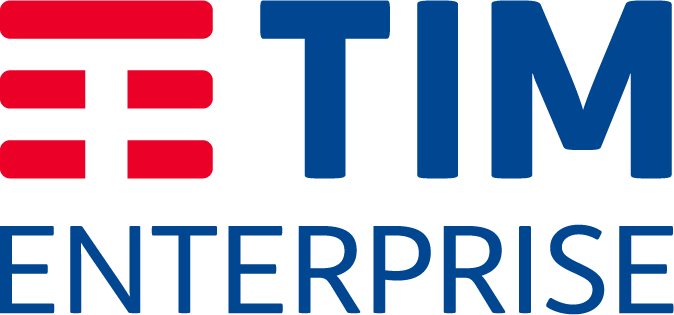An organisation needs to be able to seamlessly move information from one region to another whilst maintaining continuity of operations. Coordinating the flow of data between multiple different networks in different countries can be a challenge for IT Teams.
To overcome these challenges, there are some global mobility trends and overall benefits for the business and for the IT team that companies need to consider.
IT Services Management
IT services management (ITSM), which is a valuable tool for improving internal efficiency, can become fragmented when implemented across a multi-regional organisation. This is because uneven network distribution can hamper the streamlining processes.
However, with a global mobility management solution in place, enterprises are able to use the global reach of their network to act as a platform for ITSM. This ensures consistent responses in their IT services.
Automation
Automating simple tasks reduces overheads and improves efficiency, but it is not always possible to ensure the tools are evenly distributed throughout a global organisation when using conventional networks.
Instead, in order for multi-national corporations to take full advantage of this technology, organisations will need to have global mobility management in place to ensure that automation technology is evenly rolled out throughout the entire company.
Streamline regulatory requirements
Furthermore, today’s modern legislative requirements around data protection, information security and export control have meant that the management of data flow is a constantly evolving arena, which can become a regulatory minefield for the unaware. Data protection regulations are being enacted around the world in a variety of ways. Without the appropriate regulatory and data-sharing agreements in place, information sharing capacity can be unpredictable and disrupted.
In addition to this, as organisations expand into new regions, there will be an increasing number of telecommunication platforms to be negotiated with, creating a time-consuming task that becomes increasingly inefficient.
Having a global mobility management platform in place allows enteprises to streamline these issues through a single provider, thereby simplifying processes and reducing costs. This in turn allows corporations to maintain seamless data flow, whilst retaining their flexibility, wherever they are in the world.
True global reach
A key benefit of this is that businesses will no longer be dependent upon the skillsets of assets they have within a specific region. Instead, if not subject to export control, they will be able to utilise staff from anywhere within their global network and dedicate them to a specific task. This ensures the most appropriate assets are applied where they need to be, thus improving organisational efficiency and enhancing productivity.
With a centralised hub in place, corporations will now be able to accurately monitor costs by using machine learning to automate the process of identifying irregularities within the process. Whilst machine learning can be inefficient at first, any false-positives will be fed back, allowing the algorithm to more accurately identify potential issues.
The key to successful global mobility management is ensuring the appropriate strategy is in place. Such a strategy should cover the entire company, whilst remaining flexible enough for teams to implement that strategy, together with any required refinements, at a local level.
Global mobility management: flexibility for new opportunities
As we emerge from the ravages that Covid-19 has had on the global economy, combined with unprecedented levels of remote working, corporations may find themselves becoming ever more geographically distributed. Whilst this may seem like an overwhelming challenge, this unique situation offers a raft of new opportunities available for those businesses that are able to be sufficiently adaptable.
Having an appropriate global mobility management platform in place ultimately allows companies to improve their flexibility in today’s modern business environment. This, in turn, enables them to develop efficient operation strategies, regardless of region, whilst streamlining the applicable regulatory requirements, thereby reducing costs, and improving efficiency and productivity.








